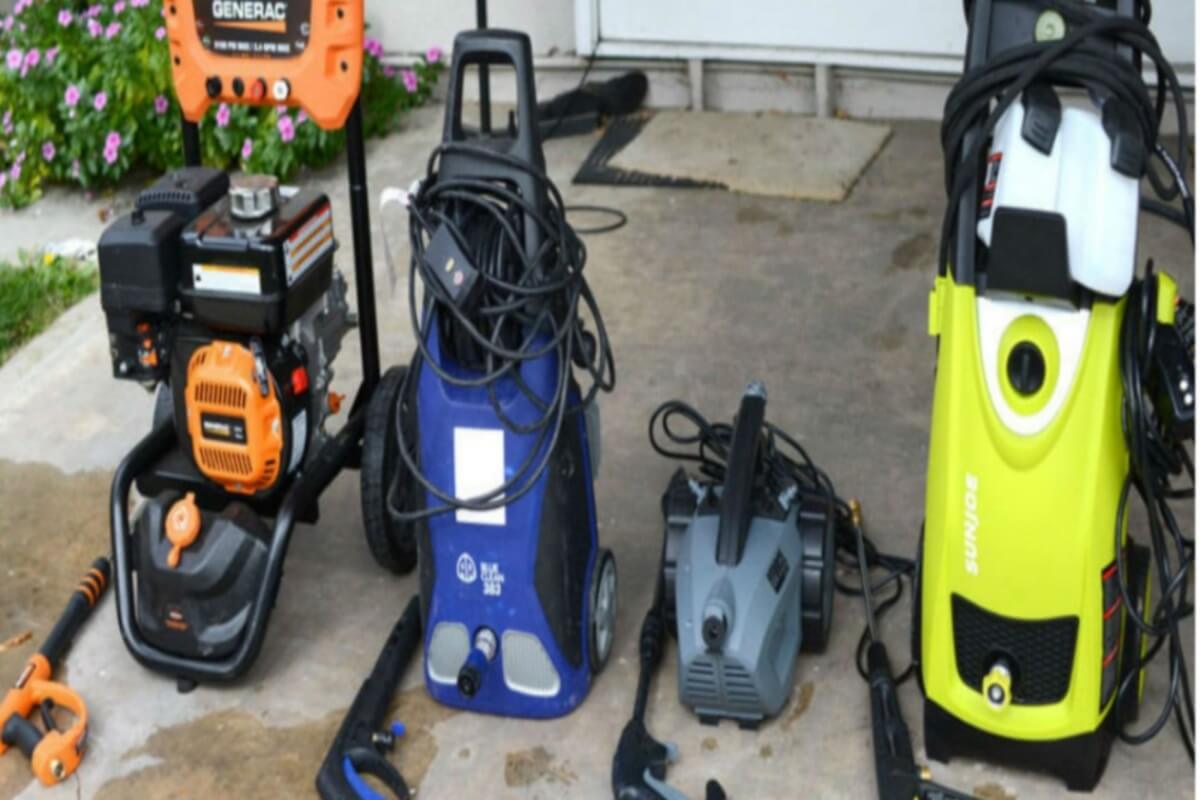The sealed suction of a vacuum calculated in inches of water elevates. This rating took once the motor sealed. The term refers to what number in inches the motor can elevate a 1″ column of water.
Water raise offers a vacuum the ability to select up or “lift” junk from the ground surface. Since air flow then removes it from the vacuum bag. Vacuum cleaners with added inches water raise have a better time finding sand and heavier soils from carpet and flooring.
Water raise is a mark of a vacuum’s ability to trot out resistance at intervals the vacuum cleaner. Often necessary for HEPA or high filtration vacuum cleaners that have more resistance. Thanks to the extra filters that the air needs to send.
Good water raises rating shows that a vacuum can keep engaging at high levels. Because the vacuum bag or instrument panel that fills and so the filters “load”. Bit by bit fill with fine particulate and become added proof against air passing.
Vacuum Cleaner Water Elevates (Sealed Suction)
The water elevates in a vacuum is a helpful indicator of performance. It’s a method of checking the suction of one motor to another, the added water raises the higher.
Horsepower
The rating used for promoting functions had little or no relevance to vacuum performance. It’s done away with as a vacuum specification.
Often declared as “Ultimate Horsepower” these ranks got by removing the fans from the vacuum motor. Running it to the utmost load potential before the motor burned out. Then, a rich formula presented to return up with a Peak HP rank. Again, this specification is hollow to test the cleanup ability of a vacuum.
Vacuum Air Watts
As we’ve mentioned, typical vacuum power specifications comparable to watts and amps live the vacuum cleaner’s load power. Central vacuum manufacturers, further as other vacuum makers. A victim of the air wattages specs to rate the vacuum cleaner’s yield instead of load power. An air wattage square measure calculated formula, (Air Flow (in CFM) X Vacuum (in inches of water lift))/8.5 = Air Watts.
A question on whether this helpful specification or a replacement rating to more confuse customers making comparisons. After you do the calculations, associate air watt involves zero.9983 watts or on same to a standard watt.
Important to not disturb air wattages with air movement, the foremost required specification.
Airflow
Airflow is out and away from the foremost necessary specification in terms of crucial the cleanup ability of a vacuum. Measured in boxy feet per minute (CFM). It’s the force of this air flow across a surface that picks up the dirt. Moves to the vacuum bag or instrumentation. So, the more airflow, the higher the cleanup ability of the vacuum.
Airflow is an excellent spec because it brings into consideration the device of the vacuum motor, that creates suction, further. The bag and filter control resistance this air should offer.
Water Elevate (Sealed Suction)
Airflow calculated through the vacuum without hose or attachments joined. Thanks to this square measurement section that may have an effect on actual air flow. Turbulence within the hose and wands. Confinements airflow where the cleanup tool reaches the ground or extra surface. An accumulated resistance to the bag clogging with dirt, further as filter loading.
READ: Let’s Glance At The Principal Specifications One By One
photo by yourbestdigs from flickr

Leave a Reply